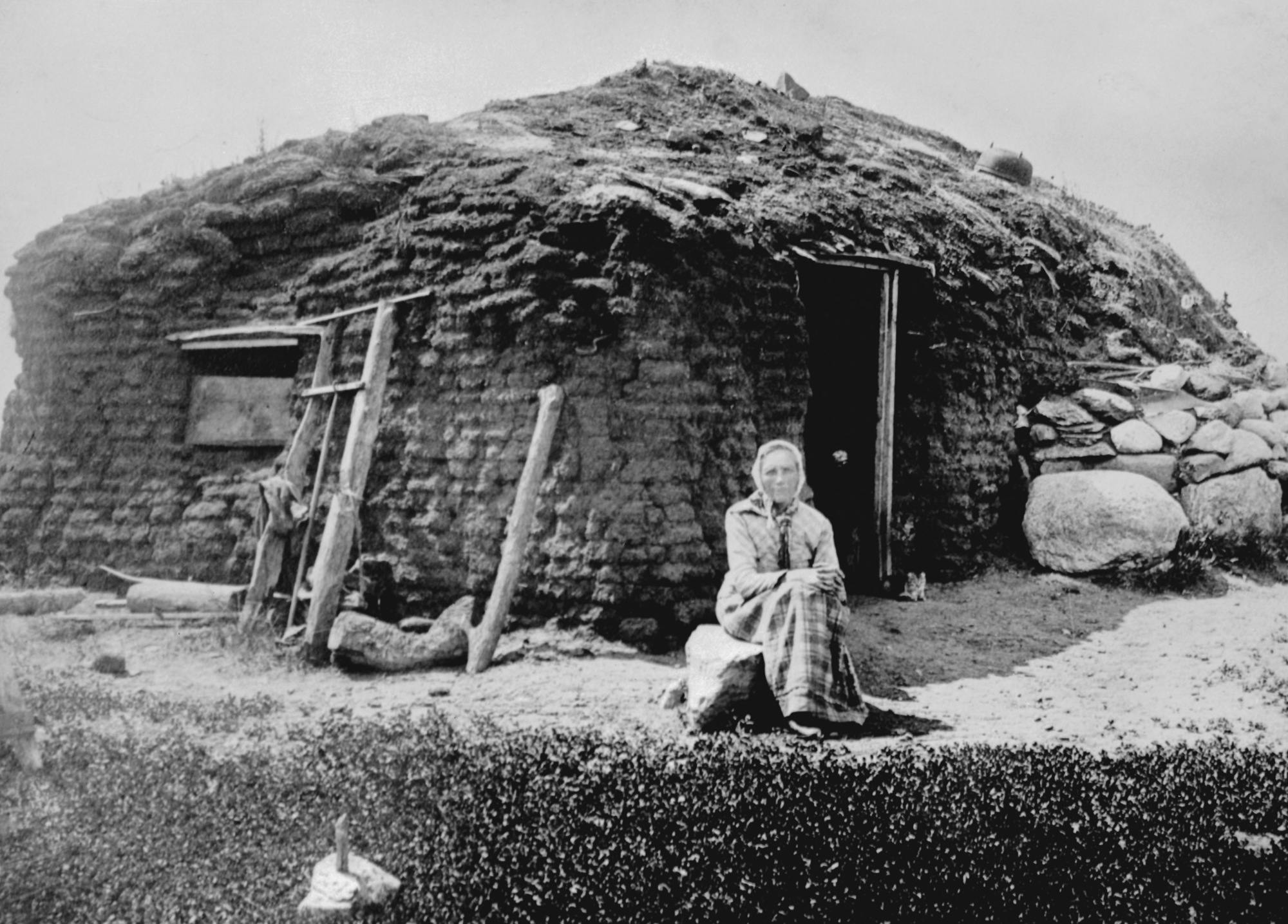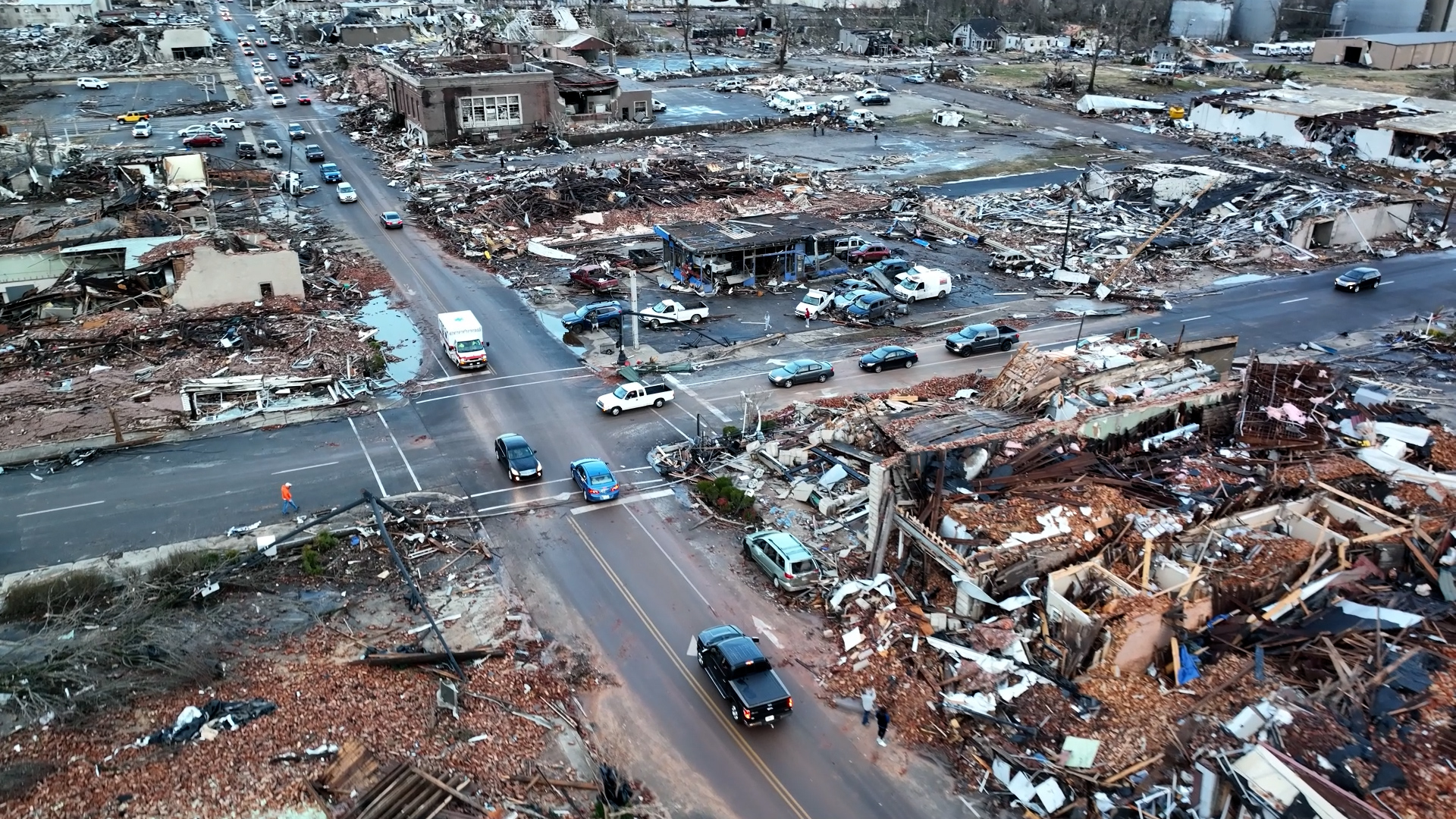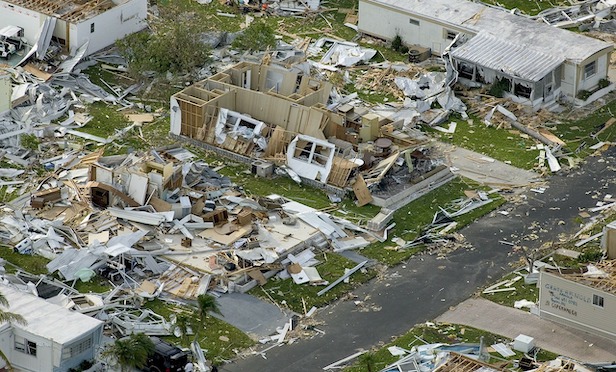Mti ni free, nyasi ni free, matope ni free , mawe ni free. Hizo ni vitu Mungu alipatia binadamu bure ajenge nazo.
You can plant your own trees and harvest your own timber and build your home with that timber. You can use the grass as sod or thatch or for joinery or even for furniture, floor mats and sleeping mats.
You can use the free matope as is for mud huts or as baked bricks and tiles.
The Sod houses you have posted were constructed in the prairies where there is no timber.
You see when you were an American frontiersman, you built using the materials you found in the land you have chosen to settle on. Plus you often relied on the skills you acquired back in Europe or skills taught to you by the local Indians if they were friendly.
The sod house as seen in your photos had a simple wooden frame covered with prairie grass roots. The timber sometimes came from breaking down the family wagon.
The interior looked like this :
[ATTACH=full]416738[/ATTACH]
[ATTACH=full]416739[/ATTACH]
Halafu on the sides inapigwa hio matope ya root system ya prairie grass.
Prairies ni huko kwa manyasi. Flatlands e.g Montana, The Dakotas, Texas etc.
Prairies ni kama tu Kenyan savannah grasslands with one lone tree several kilometers away.
Just like in Africa, these prairies many times become deserts if humans overgraze cattle and don’t plant trees to stop wind and water erosion as can be seen in pastoralist territories. The American prairies for instance became dust bowl deserts due to overcultivation in the early 1900s. FDR’s army of tree planters reclaimed these flatlands by planting trees from one end of the U.S to the other criss crossing the prairies.
[ATTACH=full]416716[/ATTACH]
Inaitwa the Great Plains shelterbelt to slow down the complete desertification of the American plains and flatlands. Otherwise U.S ingekuwa Sahara desert leo with minimal population due to stupid human activities :
Great Plains Shelterbelt - Wikipedia
These trees were also very critical in matters housing. The U.S population was rising due to the newly arrived immigrants and they needed cheap, easy to construct and planned environments.
In the 1860s in the cities to slow down the growth of uncontrolled slums, the U.S govt adopted box houses for immigrants.
[ATTACH=full]416763[/ATTACH]
[ATTACH=full]416714[/ATTACH]
Thr box house also known as the American four square could be ordered of a catalogue or magazine.
[ATTACH=full]416757[/ATTACH]
[ATTACH=full]416758[/ATTACH]
[ATTACH=full]416765[/ATTACH]
1906 earthquake wooden shacks housing San Francisco. Still in use today.
[ATTACH=full]416766[/ATTACH]
[ATTACH=full]416768[/ATTACH]
[ATTACH=full]416769[/ATTACH]
Shacks housing today. Very expensive.
[ATTACH=full]416770[/ATTACH]
Prior to this events the frontiersmen who lived near forests built Log cabins as early as the 1500s. Examples from early Finnish settlers exist.
The early log cabins were built from hewn logs placed in each other with mud plaster to cover the gaps cc @kipuke :
[ATTACH=full]416759[/ATTACH]
[ATTACH=full]416760[/ATTACH]
[ATTACH=full]416761[/ATTACH]
Wealthy city folk could afford cut timber beams that were simply stacked on each other like this :
[ATTACH=full]416762[/ATTACH]
As far as U.S timber goes hii ni mambo inasomwa upto phd level.
The history is too massive dating back to early European influence. With lots of politics thrown in there because the immigrants who went to the U.S were often those who had been banned from owning homes in their home countries.








